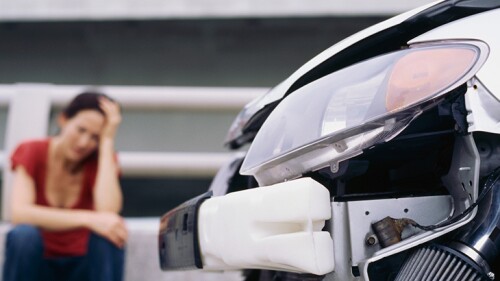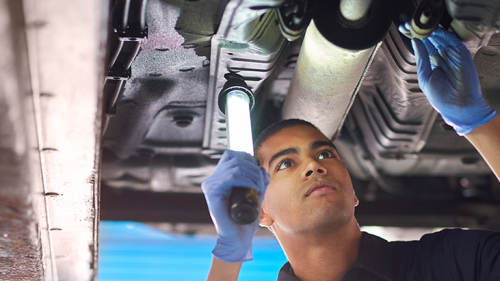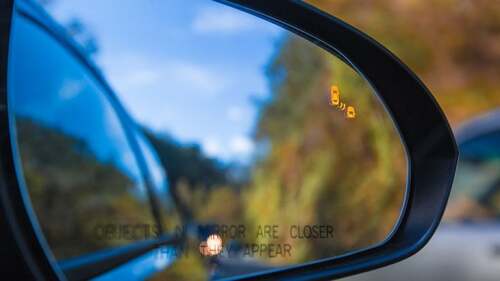Delivery drivers play a crucial role in ensuring that goods reach their destinations in a timely manner. However, navigating through construction zones poses unique challenges that require a stronger sense of awareness and dedication to safety protocols. Delivery drivers must recognize these challenges and pay attention to the three Ss: speed, stress, and space.
Speed
Slow down, be alert, and pay attention to the signs. Diamond shaped orange warning signs are typically posted in advance of road construction projects. Similarly, some work zones — like line painting, road patching, and mowing — are mobile, moving down the road as work is completed. Just because you can’t see workers immediately after the warning signs does not mean they aren’t out there. Proceed through construction zones with caution.
Follow posted speed limits. Until you see road signs indicating it’s safe to do so, don’t ramp back up to normal speed.
See a flagger? Obey their directions. In a construction zone, a flagger has the same authority as a regulatory sign, so you can be cited for disobeying their directions.
Stress
Expect delays. Plan ahead and give yourself extra time to get where you’re going. Offer customers a reasonable time frame that includes a cushion for potential delays.
Be patient. The work zone that you are passing through won’t go on forever. Observe the signs until you see one that says you’ve left the work zone.
Space
Don’t follow too close. The most common crash in a work zone is a rear-end collision. Remember to give yourself at least seven seconds of braking distance between you and the car in front of you. As a good rule of thumb, you should be able to see the bottom of the tires of the vehicle in front of you.
Use the “take 10" technique to change lanes. Put on your turn signal at least three seconds before starting a lane change and use the last seven seconds to complete the lane change, checking your mirrors throughout the process.
Use defensive driving techniques to save lives. Keep a safe distance between your vehicle and the traffic barriers, construction equipment, and construction workers. Just like you, the workers want to return home safely after their day’s work.
Read more: That text? It can wait. Take the pledge to stop distracted driving
Promoting work zone safety is a shared responsibility that extends to every driver on the road, including delivery drivers. Promoting safety and limiting the risk of a serious accident is much more important than meeting a deadline. Our work crews and highway departments are working hard to create safe conditions. Do your part and stay alert.






